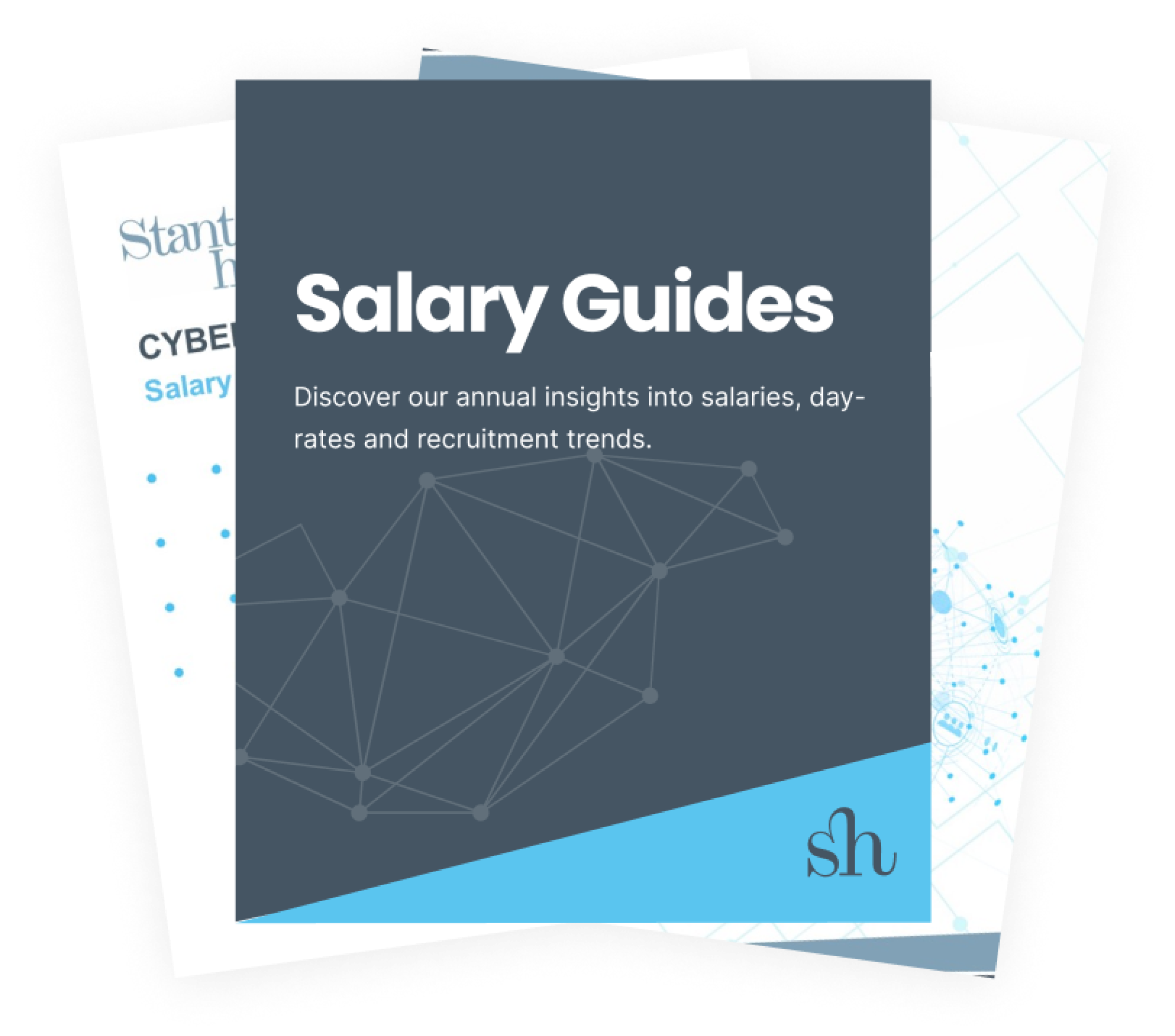

Do You Have the Keys to Unlock the Power of Business Intelligence?
Increasing Business Intelligence capability
In these times of great technological change and ongoing economic uncertainty, unlocking the power of Business Intelligence (BI) is vital to the strategic decision-making process of any organisation. But despite countless ways to collect information and connect people, the world has become more fragmented than ever before, and it’s holding businesses back.
Data analytics provides accurate analysis and interpretation of business-wide internal, and macroeconomic external data, to the right people at the right time, equipping leaders with much needed foresight in these unprecedented times.
As such, organisations, both large and small, are increasingly preoccupied with growing their overall BI capability. They are investing in talent with these skills, enabling employees to use self-serve data analysis tools and seeking ways to improve the accessibility of data to help a greater proportion of the workforce.
Moving to the cloud
Traditionally, business intelligence is delivered by Business Analysts using on-premises data warehouse solutions. This process can be slow with some Analysts spending the majority of their time extracting, moving and combining data instead of conducting analysis.
That’s why many organisations are now creating data analytics platforms in the cloud, with accessible tools that can be used by people across different business functions across the entire organisation, instead of just a select few.
Another endeavour which seeks to increase the overall BI capability of an organisation is the creation of a Business Intelligence Centre of Excellence (CoE).
Establishing a Business Intelligence Centre of Excellence
Establishing a Business Intelligence CoE is a proven approach to achieving a strategic, cohesive, enterprise-wide BI environment. The CoE is an internal group that provides services and oversight to the various departments within an organisation and guides BI initiatives to achieve common strategic objectives i.e. service improvement, efficiency gains, cost savings, revenue growth etc.
The overriding goal is to increase the BI maturity level of the organisation as a whole, to derive more value, more quickly from data insights and enable strategic decision-making at the highest level.
Business Intelligence maturity levels according to Gartner
In 2015, Gartner published their much-sited maturity model giving leaders a yardstick to understand how effectively a BI or data function is supporting enterprise level goals.
The model asserts that there are five BI maturity levels:
Maturity level 1: Unaware
According to Gartner at this level the company has no information infrastructure and there is only ad hoc BI. Departments have not developed formal processes or practices and workers try to gather information with the random applications they happen to have at their disposal, predominately spreadsheets in Excel.
Maturity level 2: Opportunistic
At this level there are BI and analytics projects in the organisation, but business units carry them out individually to optimise a process of their own or to make unit-specific decisions. Employees use data integration tools, databases and analytics platforms. They disseminate information via reports, ad hoc queries and dashboards.
Maturity level 3: Standards
At the third level there is coordination between people, processes and technologies across the organisation. A champion for BI and analytics emerges and there are process and IT managers who oversee projects across multiple business processes (instead of one process) that need to share analysis and decisions. Technology standards start to emerge, including standards for information infrastructure, data warehouses and BI platforms.
Gartner proposes that at this level most organisations implement a BI Competency Center (BICC) or BI Center of excellence (CoE) consisting of business users, IT professionals and analysts to share expertise and improve consistency for specific applications or uses of information.
Maturity level 4: Enterprise
At the fourth level, BI is sponsored by the senior management. A second feature is that the organisation has linked multiple processes to its revenue and other goals and defined a framework of performance metrics through which processes and action towards those goals are evaluated.
Gartner says that these metrics guide the implementation of enterprise strategy. Thirdly, BI applications support cross-functional or enterprise-wide decision-making processes meaning they are not limited to individual functions or processes. Gartner says that at this level, everyone from analysts to managers and senior executives, uses the same BI and analytics systems.
Maturity level 5: Transformative
At this fifth maturity level, BI and analytics are run by business and IT functions together and are supported and governed at the highest level of the organisation. The CEO sponsors the BI program or if not, the position of Chief Analytics or Data Officer has been established.
Information, analytics and the whole BI system are regarded as vital for implementing the enterprise strategy. BI is used actively to increase sales, productivity and customer satisfaction and to decrease costs. The performance metrics framework is now complete and covers also partners and customers. The organisation uses decision processes like decision simulations which incorporate best practices in decision-making and optimisation technologies.
Top tips for establishing a BI Centre of Excellence
So, when it comes to establishing a Business Intelligence CoE, to increase the BI maturity level of an organisation, what are the key considerations and actions? We spoke with a range of Directors and ‘Heads of’ Business Intelligence who have implemented a BI Centre of Excellence across a variety of companies, industries, and global remits. It was relatively clear to spot the patterns in what they believed, joint with human elements of creating a technical solution, would be the ‘key tips’ to think about – these can be grouped into three headings:
- Talent
- Planning
- Change Management
Interestingly, and perhaps unsurprisingly, the key challenges were all about people and changing behaviours. Every leader that we spoke with was clear that if you get the talent right, the tech can look after itself, it’s then about how you make it part of the company’s DNA. Once consolidated, the top tips for building an effective BI CoE were:
Talent:
1. Deeply evaluate the skills of the BI team to focus training and hiring activities. A high performing, highly skilled team is essential. Find and balance the technical skills, project discipline and ability to evangelise within the business.
2. Do not underestimate how time to hire can derail a programme. A clear people roadmap will prevent long delays.
3. Prioritise training for end users to realise real value from the CoE.
Planning:
1. Obtain a clear business mandate before anything else.
2. Ensure that you can support ongoing business requests (within reason) during the implementation of the BI solution / CoE.
3. Spend time understanding the balance between centralised and localised BI activities.
4. Always work with trusted information with consistent definitions and known data sources.
5. Automate high-frequency, labour intensive regular report generation.
6. Clearly demonstrate value add through meaningful KPIs. Take time to determine ROI and to prove the tangible and intangible value of the CoE but don’t wait until the end to deliver value. Incremental wins support engagement and business take up.
Change Management:
1. Fix data issues at the source so users don't waste time manually adjusting or correcting data while generating insights.
2. Create a demand management forum to prioritise non-project related information required by executive stakeholders.
3. Do not scrimp on Change Management or under-estimate the extent of business change required. Keeping users and the business community engaged from kick off and up to date with what the CoE is doing is the single most important success factor.
4. Identify and train Super users within the business community to act as ‘change agents’ and promote the value of the CoE.
5. Spread the data culture of data analysis from the CoE across the organisation. Executive support is critical in making this happen.
6. Become an unashamed evangelist for self-service analytics. Run events to bring users together, demystify BI technology and identify first adopters.
7. Use engagement analysts to collaboratively work with different departments to help them self-serve.
8. Integrate the BI / Analytics function into any enterprise-wide transformation.
We hope there is something in here that will support you in your progression through Gartner’s well-trodden path. Share your insights If you need help finding top BI talent to provide the insights you need to transform your business please get in touch. We’d also love to hear from leaders on how you are increasing your BI capability in these challenging times.


















